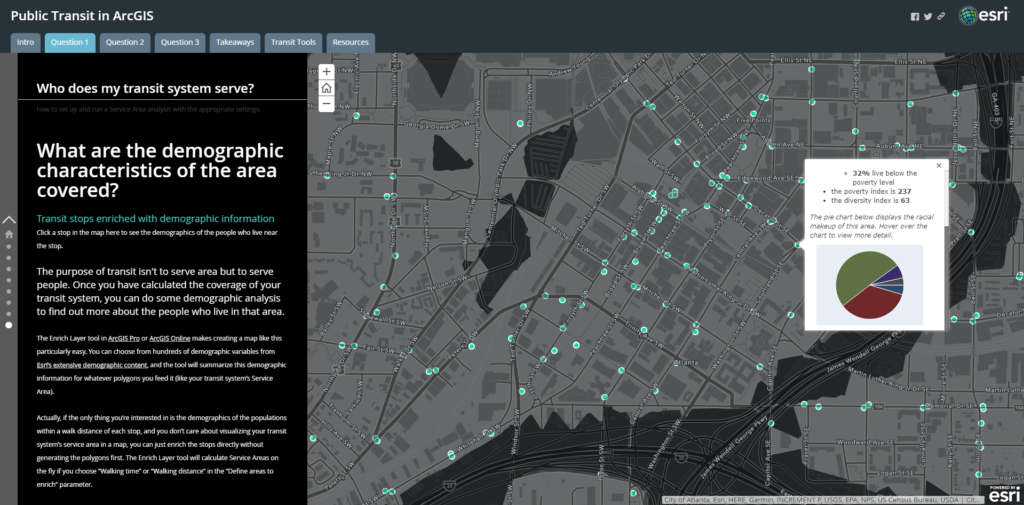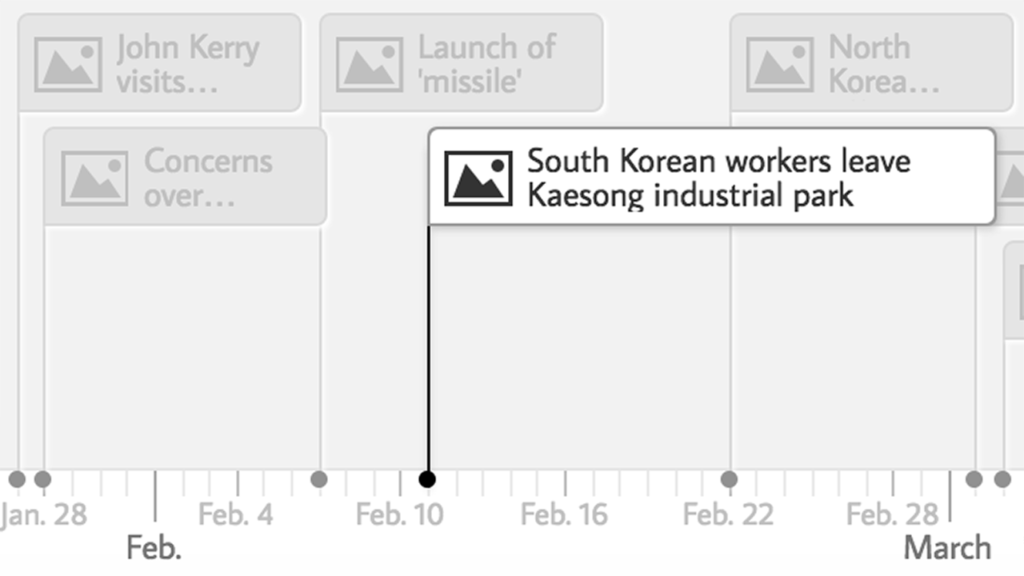“We have implemented this platform in several undergraduate history classes and found that Story Maps changes how students analyze primary sources, draw historical conclusions, and communicate their findings.”

Using something like Story Maps or timelines helps students visualize what we are doing in class. It also helps them to organize their own thoughts when it comes to primary sources and items related. This relates to the theme for the week in that this is a way that we as educators can rethink presentations. Of course, Google slides is not a bad form of presentation, but it gets old and students will want some sort of variety in their learning, as we have discussed in either this class or Intro to Secondary Education. Using Story Maps and timelines in the classroom can help us as educators as well see what is working and what is not when students are asked to respond to the timeline or create their own.

“One student expressed frustration at the slow pace of the assignment, pointing to the sheer amount of time spent reading sources and creating detailed map layers based on them.”
One of the questions that I had was related to what this student felt. Story Maps and Timeline websites like Timeline JS take a lot of time to develop, so how would that work in a high school classroom? These experiments were conducted on college students who were primarily in the history program, what about students who had no interest in history? How did using Story Maps and Timelines help their understanding of history? I would like to know more about students in the high school classroom and how this would work there. Would it be an in-class thing? Or would we, as teachers, have them work on it outside of class? Which option would be better?
“Students expressed that they have been in the routine of writing essays for years and can produce them in a single night, as if on “auto-pilot.” This was not the case with Story Maps.”
I 100% agree. Essays are something that history majors do all the time, and having something different to do is refreshing. I’ll admit, taking a break from writing papers every day is a nice change for this semester as opposed to last semester, I felt like I was either writing or editing a paper every week. Switching it up definitely rekindled my love for history but also helped solidify what I learned by writing those papers. With Story Maps, they are more interactive and if students do them in groups, they get to interact with their peers and build friendships in the classrooms.
source: https://www.societyforhistoryeducation.org/pdfs/N21_Saladin_and_Crosson.pdf
I also agree the amount of papers history teachers fall on for an easy assignment is mind boggling. My experience has almost been that it feels designed to suck the enjoyment out of the field on the highschooler and especially the college level. Almost every history professor or teacher I have ever had has 3 essays at different intervals in the semester and an 800 year long slightly deeper than highschools dive into a topic you already know about. At this point I have had my teachers be wrong enough that I gotta basically re learn a lot of this when I get home. So as history teachers i feel we overall need to do better.